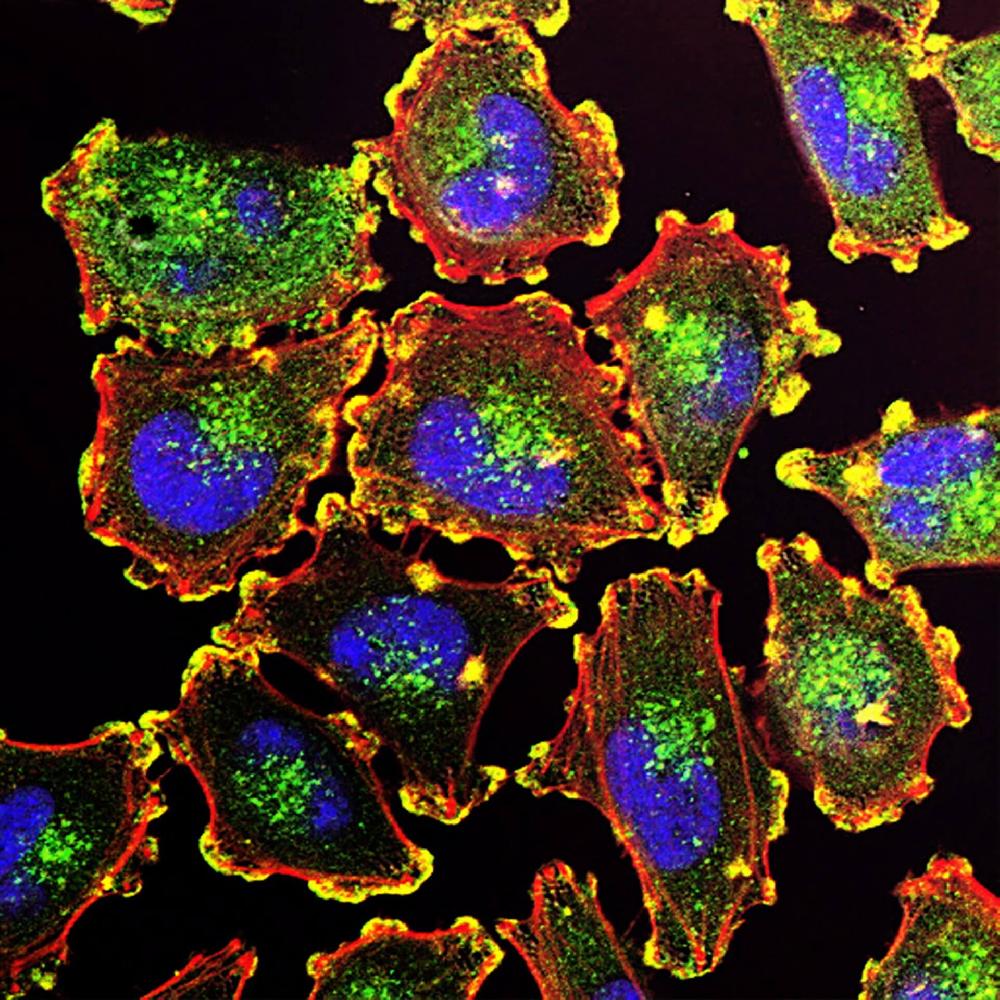This website uses cookies to ensure you get the best experience on our website.
- Table of Contents

16 Q&As
Facts about Vasodilator-stimulated phosphoprotein.

It protects the barbed end of growing actin filaments against capping and increases the rate of actin polymerization in the presence of capping protein. VASP stimulates actin filament elongation by promoting the transfer of profilin- bound actin monomers on the barbed end of growing actin filaments.
| Human | |
|---|---|
| Gene Name: | VASP |
| Uniprot: | P50552 |
| Entrez: | 7408 |

| Belongs to: |
|---|
| Ena/VASP family |

vasodilator-stimulated phosphoprotein; VASP
Mass (kDA):
39.83 kDA

| Human | |
|---|---|
| Location: | 19q13.32 |
| Sequence: | 19; NC_000019.10 (45507459..45526989) |
Highly expressed in platelets.
Cytoplasm. Cytoplasm, cytoskeleton. Cell junction, focal adhesion. Cell junction, tight junction. Cell projection, lamellipodium membrane. Cell projection, filopodium membrane. Targeted to stress fibers and focal adhesions through interaction with a number of proteins including MRL family members. Localizes to the plasma membrane in protruding lamellipodia and filopodial tips. Stimulation by thrombin or PMA, also translocates VASP to focal adhesions. Localized along the sides of actin filaments throughout the peripheral cytoplasm under basal conditions. In pre-apoptotic cells, colocalizes with





PMID: 7828592 by Haffner C., et al. Molecular cloning, structural analysis and functional expression of the proline-rich focal adhesion and microfilament-associated protein VASP.
PMID: 10087267 by Laurent V., et al. Role of proteins of the Ena/VASP family in actin-based motility of Listeria monocytogenes.